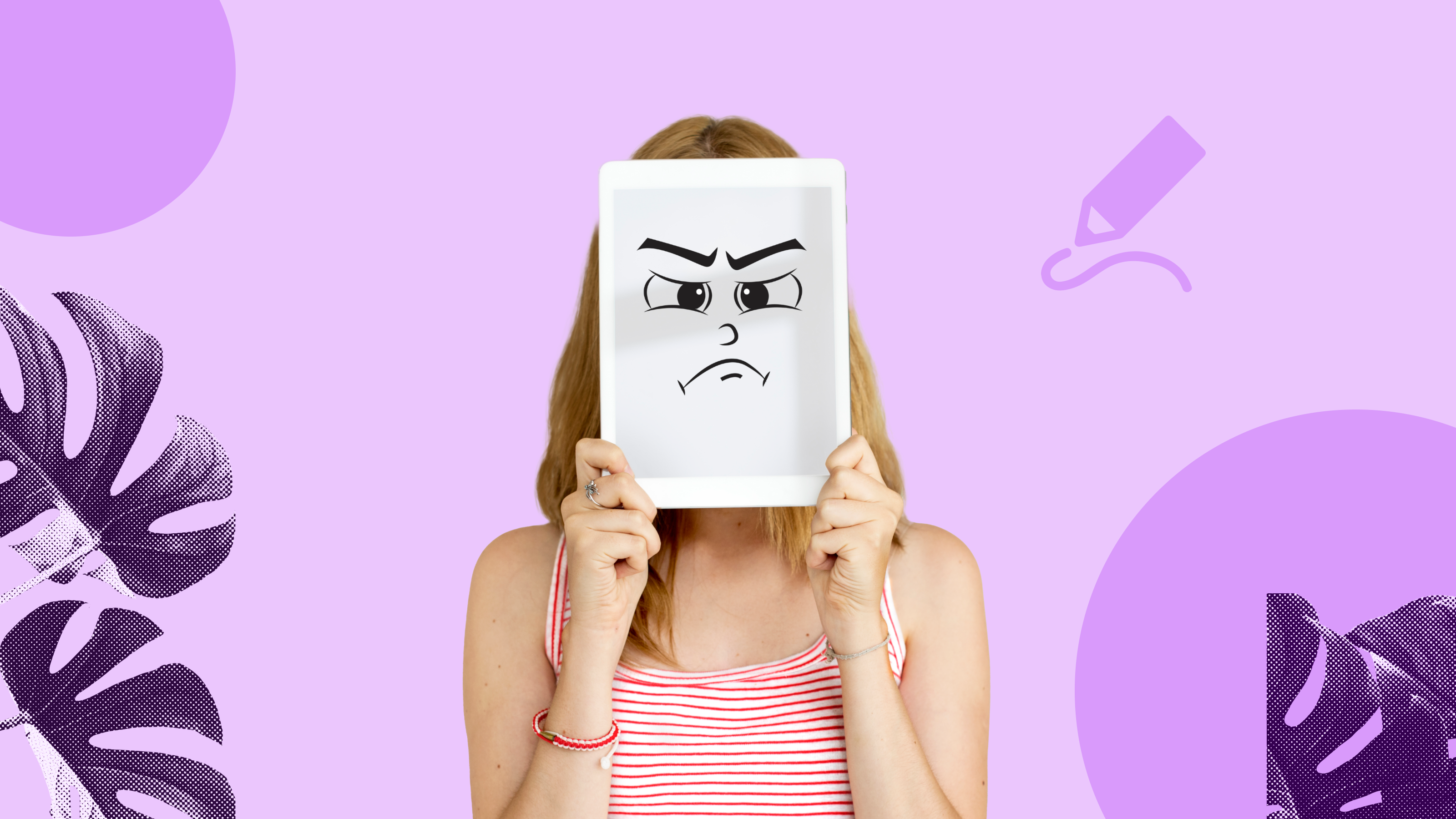Designing characters is one of the most creative and rewarding aspects of any artist’s job. But designing compelling and believable characters can be challenging. It takes a lot of thought and planning to create a character that people will care about and want to follow.
Let’s explore everything you need to know about character design, from initial concepts to fleshing out your designs and making them come alive on the screen or page.
What is Character Design?

Character design refers to creating visually distinct characters for use in various media, including animation, comics, and video games. A character designer typically works with a writer or director to realize the vision for a project and is responsible for bringing that vision to life through their drawings.
A successful character design involves many elements that designers must consider to create a believable and relatable character.
Why’s Character Design Important?

When it comes to animation, character design is one of the most critical aspects of the production process. Studios put a lot of thought and effort into designing their characters because they know that audiences will connect with them on an emotional level.
Good character design can make or break an animated film or TV show. If audiences don’t like the look of the characters, they’re less likely to watch the show. That’s why studios put so much time and effort into designing their characters. They want to create something that audiences will fall in love with.
When done well, character design can elevate a project from good to great and turn a forgettable side character into an iconic figure that audiences will remember long after they’ve finished consuming the work.
Components For Designing A Character

Many different components are used to design a character. The most crucial element is the character’s personality, which dictates what the character looks like, how they behave, and their motivations.
Other essential components include:
- Backstory: It helps to flesh out the character and give them depth.
- Shapes and lines: Using lines and fundamental shapes like circles, squares, and triangles creates a basic structure for the characters, which’s further refined in later stages.
- Silhouette: Silhouettes represent characters through shape and outline and are generally colored in solid black. They make characters distinctive and recognizable. Character designers often directly start creating characters using silhouettes instead of relying on shapes and lines.
- Proportions and Scale: A character’s dimensions decide many aspects, including its personality and how it fits into the world for which it’s being designed.
- Color, shading, and texture: Using colors, shading, and texture helps refine the character’s design and set it up for the final production stage.
All of these elements come together to form the basis of a strong character design that can easily communicate everything there is to know about a character at a glance.
Basic Character Design Process
Assuming you already understand character design principles, the following is a step-by-step guide to help you create your characters.
1. Come up with a concept for your character
2. Sketch out your idea
3. Flesh out the details of your character
4. Choose a color palette
5. Finalize your design
How to Design a Character that Stands Out?

When creating characters that stand out, the design process is vital. Here are a few tips on how to design a character that will really make an impact:
1. Start with a strong concept
Your character’s design should be based on a solid concept that clearly defines who they are and what they’re all about. Without a clear concept, your character will look like a generic mishmash of different elements.
2. Give your character has a unique look
Your character’s appearance should be distinctive and recognizable, so feel free to experiment with different visual elements until you find something that works. It’s also important to consider how your character’s look will change over time – as they grow and evolve, their appearance should change along with them.
3. Give your character a memorable personality
Your character’s personality is just as important as their appearance – in fact, it might even be more important! A well-rounded and fleshed-out personality will make your character much more relatable and likable, which is essential if you want them to stand out from the crowd.
4. Write an interesting backstory for your character
Every good character needs an interesting backstory – it helps make them three-dimensional and complex. A rich history will make your character more believable and give you plenty of material to work with when it comes to their future development.
5. Make sure your character has a clear purpose
Your character should always have a clear purpose or goal – without one, they’ll end up feeling aimless and directionless. Knowing what motivates your character and what they’re striving for will help to keep them exciting and engaging.
Is Designing A Character difficult?
Character Design is a complex and fascinating process that can be both enjoyable and challenging. With a bit of practice and understanding, you’ll be able to create unique and memorable characters.
Want to learn more about designing characters?

